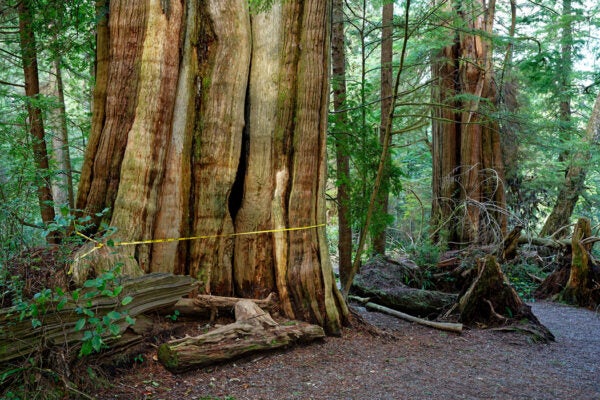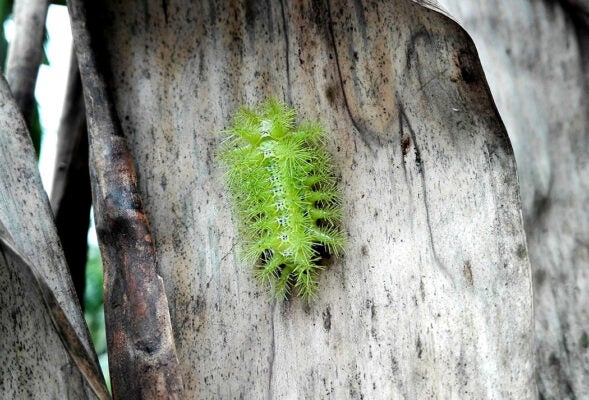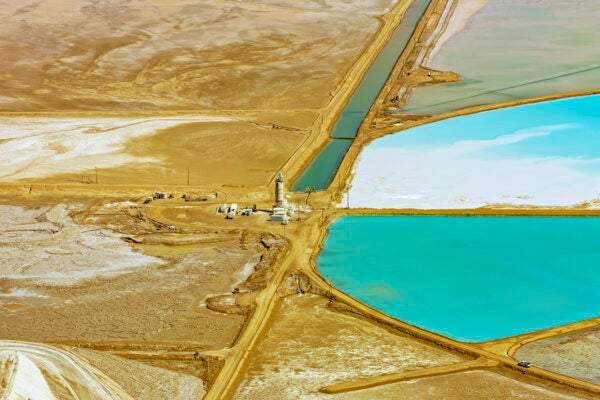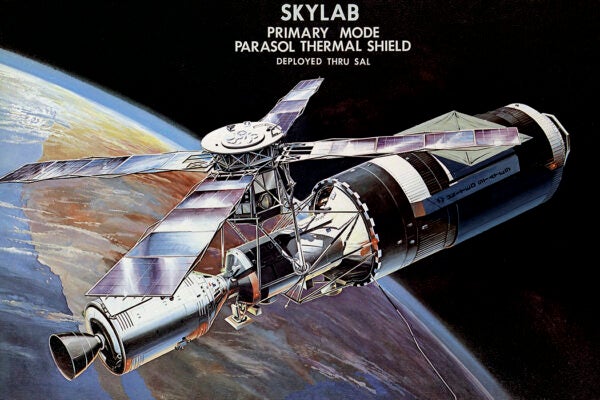Trees With a Secret Message
The culturally modified trees of the Pacific Northwest and Alaska bring essential stories of the past into the present.
The Caterpillars That Can Kill You
Some species make venoms that are deadly. With more research, those toxic compounds could yield useful medicines.
A Most Opportunistic Colonizer
Poa annua is a unique grass species now thriving on every continent—including Antarctica. Wherefore its wanderlust?
Neocolonial Minecraft
One of the world’s best-selling video games, Minecraft conceals problematic assumptions about coloniality and power, argues educator Bennett Brazelton.
Hard Bites and Slow Songs
How beak size affects the singing and evolution of songbirds.
Hoe History: Complex and Knotted
The plantation hoe, a simple, ubiquitous, and historically ignored farming tool, was specific to the Atlantic colonial project, shows historian Chris Evans.
The Art of the Deal or the Dirt?
Will so-called Trump Tariffs ensure that the United States has the minerals it needs to transition to sustainable energy?
The Making and Meaning of Greenland: A Reading List
A selection of research reports and peer-reviewed articles offers insight into the history and potential future of the autonomous territory of Greenland.
The Origins of the “Dinosaur Renaissance”
John Ostrom’s ideas were part of the so-called Dinosaur Renaissance, a paradigm shift that posited dinosaurs as the warm-blooded ancestors of birds.
Skylab, Sealab, and the Psychology of the Extreme
During the Cold War, small groups of Americans lived together in space and at the bottom of the sea, offering psychologists a unique study opportunity.









